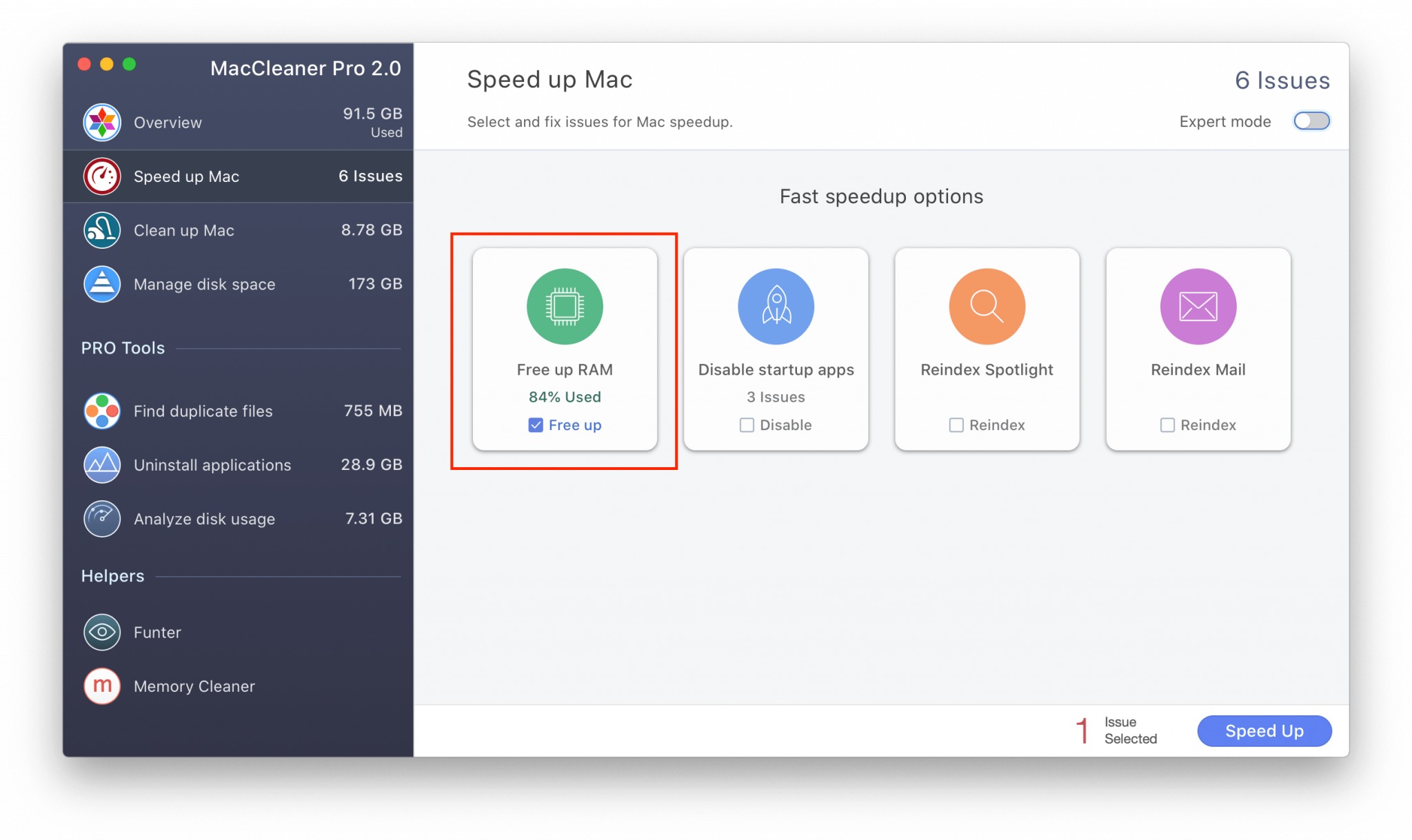



“Other” can be many different types of files including PDF, PSD (Photoshop files are big). The category “Other” takes up the second largest amount of space. In the image above you can see “Apps” take up the largest portion of my computer’s local storage. To get a general idea of which files are taking up the majority of your space:Ĭlick the apple in the upper left corner of your screen and select “About This Mac” from the dropdown menu.Ĭlick on the “Storage” tab to view a breakdown of how your storage is being allocated. Generally, the largest contributors, to a lack of local disk space are applications, games, presentations (like powerpoint), photos, and music. For example, if your have 120 GB hard drive, make sure you have at least 12 GB of free space. In the General pane, the Capacity, Available (free space), and space Used on your startup disk will be displayed, as seen in the following screen shot:Įnsure you have at least 10% “Available” based on your capacity. The Get Info window for your startup disk will open.Press the Command-I keyboard combination.Select your startup disk's icon from the Finder window.In Finder, ensure you have selected the "Hard Disks" in the Finder Preferences.To check how much free space is available on your startup disk: Determining available space on your startup disk The following tips will help you to free some space on your Mac OS X startup disk. Freeing space on your Mac OS X startup disk


 0 kommentar(er)
0 kommentar(er)
